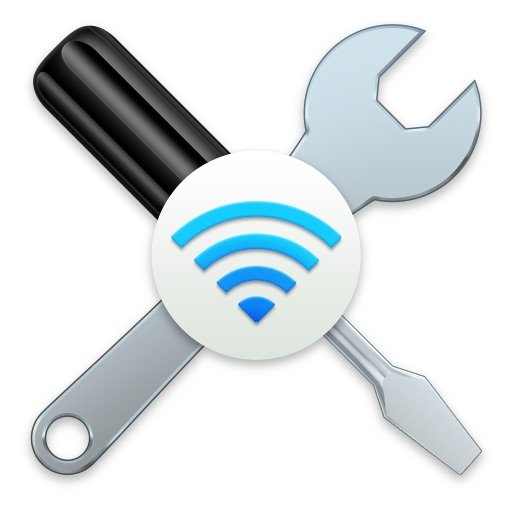Troubleshooting your WiFi before calling Tech Support

We’ve grown so accustomed to Wi-Fi being freely available for listening to music, streaming our favorite shows, and allowing us to work from home that we rarely think twice about being connected until we’re suddenly without it. A loss of connection is disruptive to a daily routine, but most connection issues are easy to fix, so you can get reconnected relatively quickly. When your Wi-Fi goes down, you can restore access on your own by troubleshooting some of these common problems.
Try Another Device or Website
Start with the obvious: is the problem only happening on one device or all your devices? If your computer's having problems, see if your tablet can connect to the internet, or if your spouse or roommate's laptop works. If the problem only happens on one device, you can safely narrow the problem down to that particular machine.
Scan for Viruses
Sometimes your internet connection can be affected by a malicious code on your computer. Do a scan for spyware, viruses, and malware, all of which can have a significant impact on your web-surfing speed and overall system performance. Windows 10 comes with Windows Defender built-in, which can do the job nicely, but there are plenty of free sources available as well.
Decode the Blinking Lights
If you can't connect to the internet at all, take a look at your modem and router. Both should have a few LED status indicators, if none of them are lit up, then the modem or router is probably unplugged or powered down. You should disconnect the power cord if you have both a modem and a router, disconnect them both and then reconnect the modem after a minute or two.
Who Else is using the Internet?
It's possible that everything is working properly, but a program on your PC, or someone else in the house is using up all your bandwidth. On Windows, open up the Task Manager by pressing Ctrl+Shift+Esc and click on the Network column to sort by network usage. On a Mac, press Command+Space to open Spotlight, type "Activity Monitor," and head to Activity Monitor's Network tab.
Get a Better Signal
If you're using Wi-Fi, there are plenty of problems that can slow down your connection. Try connecting your computer directly to the router with an Ethernet cable. If that solves the problem, then your Wi-Fi signal is poor enough to degrade your internet speed. Check the Wi-Fi icon on your computer: how many bars do you have? If you're low on bars, you may need to move your router to a more central location in your house, or buy a WiFi Extender.
MaxxSouth’s SnartNet – Whole-Home WiFi
One lightbulb can’t light every room in your home; and a single router can’t be expected to deliver wireless internet to every corner. That’s why you need MaxxSouth Broadband's SmartNet. It uses multiple access points and TrueMesh technology to replace your router and help you stream, work, and play from every room in your home.

